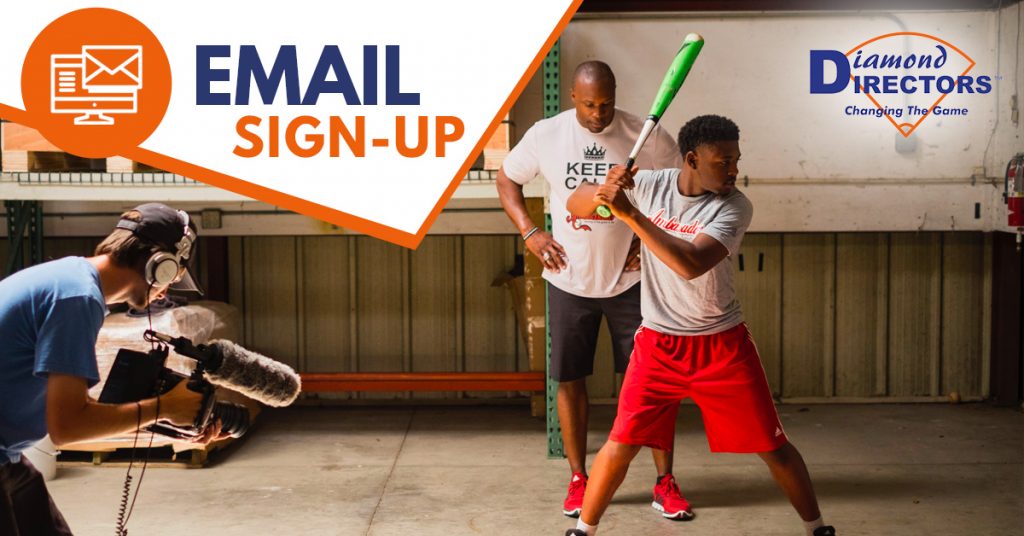
My favorite skilled hitter of all time is Ken Griffey, Jr. who I discern was a kinesthetic learner. I’ve had the opportunity to train with JR and know him personally. He’s not much for a lot of talking and looking at hitting videos. Give him a bat, throw pitches and he will figure out how to be successful and will achieve it with regularity.
While I’ve not given JR a learning style test before, my 20-plus years of training hitters, combined with my understanding of learning styles, allows me to assume how he processes information.
Why does knowing the learning style of hitters matter? Because you don’t want skills to be developed by luck. When your lucky swing breaks down, you won’t know how to fix it.
The dominate learning styles include:
- Kinesthetic learners learn best by doing
- Visual learners learn best by seeing
- Auditory learners learn best by conversation
Here’s what I believe is the breakdown of learners competing in the Majors:
- 50% Kinesthetic
- 40% Visual
- 10% Auditory
Kinesthetic learners
Do – Allow them to figure out things on their own after you clearly state what success and failure are. Having a conversation with them is most impactful after they’ve tried things their own way and have proven to themselves that it doesn’t work. These hitters like to work alone.
Don’t – Do a lot of talking because they aren’t listening. They learn best by doing.
Visual learners
Do – Use lots of illustrations and, in conversation, tell stories that they can visualize. Allow them to see their success and failure. They can learn a lot from watching kinesthetic learners.
Don’t – Like with kinesthetic learners, don’t do a lot of talking.
Auditory learners
Do – Engage in conversation about hitting with them initially and often. You must know what you’re talking about with them or they’ll question you. They learn by conversation. Unlike kinesthetic learners, you can’t simply tell them to do stuff. They’re going to ask a lot of questions, so be patient and remind them that they actually have to swing the bat to get better. Don’t just discuss it for hours, because they will.
Don’t – Don’t be rambling with these learners. If you don’t know what you are talking about, find someone who does. These learners are the ones that struggle to learn the most because most coaches have kinesthetic and visual learning and teach styles.
Skills are things we can do repeatedly without thought while under stress. It takes 3,000 reps per part of the swing to develop a skill. There are seven parts of the swing. That’s 21,000 reps.
- Stance/Load
- Timing
- Tempo
- Tracking
- Approach
- Contact
- Extension/Finish
February through April is the best time to develop skills so get going learning your way.
Remember: Intelligence tops being smart.
For more information, visit www.diamonddirectors.com today. Also, check out our Digital Magazine.
___________________________________________________________________________
C.J. Stewart has built a reputation as one of the leading professional hitting instructors in the country. He is a former professional baseball player in the Chicago Cubs organization and has also served as an area scout for the Cincinnati Reds. As founder and CEO of Diamond Directors Player Development, C.J. has more than 12 years of player development experience and has built an impressive list of clients, including some of the top young prospects in baseball today. If your desire is to change your game for the better, C.J. Stewart has a proven system of development and track record of success that can work for you.

Leave a Reply